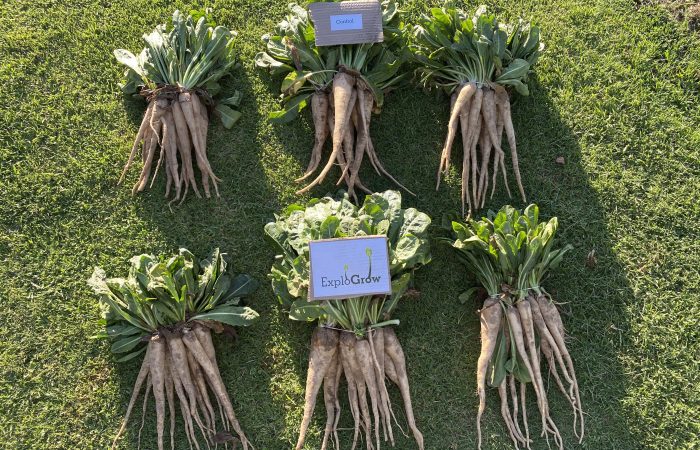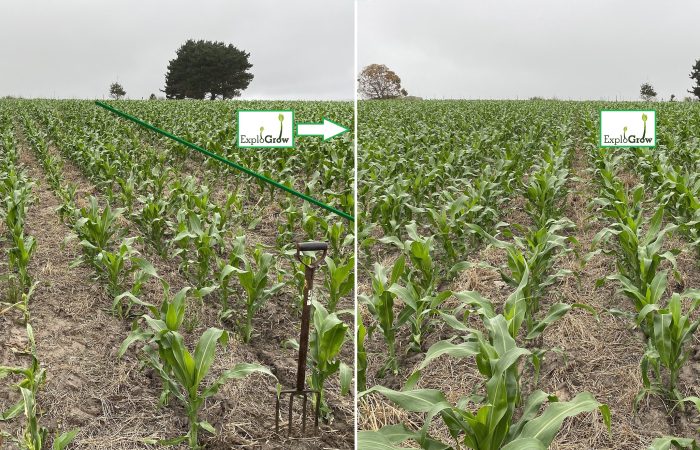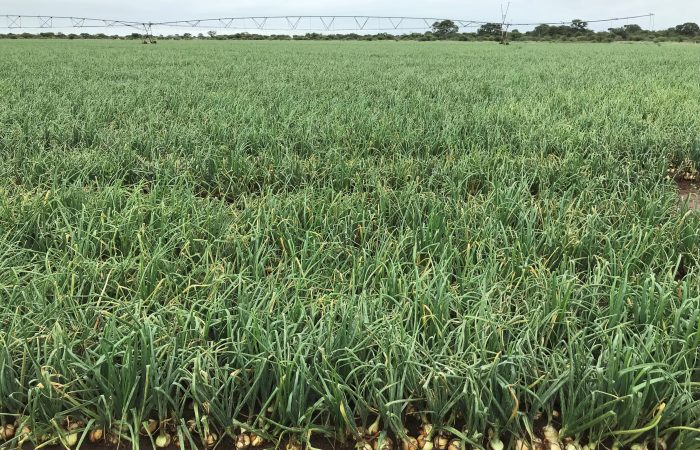How to improve seed germination, sprouting, seedling vigour, the rooting phase and plant health with microbial seed treatments
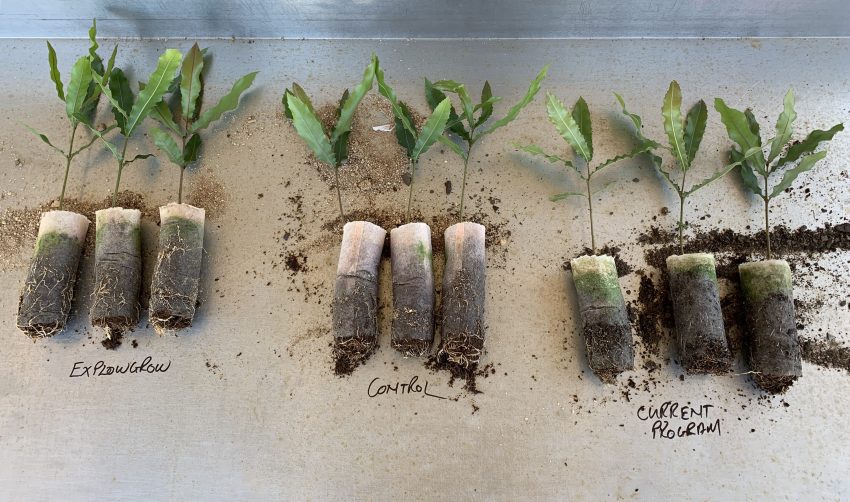
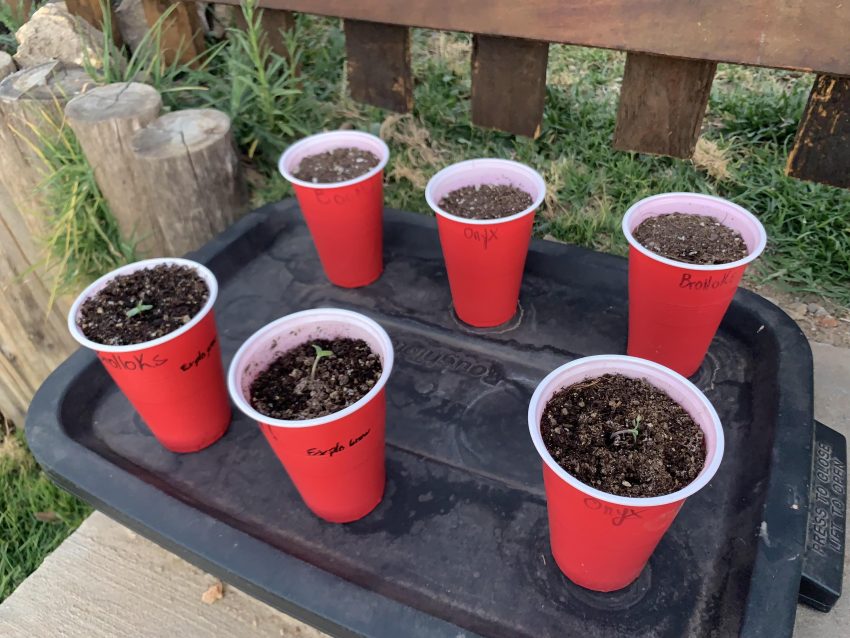
Photos by Andy Kollmann (instagram: andy.ko11)
Written by M.A. Young and R. Saunders
Mark Young BSc, Former Sustainability Lecturer, Permaculture Technician, that headed up sustainability research at The Bohemian Centre for Sustainable Development. As Farm Production Manager, Mr Young became one of the leaders in South African microbial approach in agriculture, also for pest and disease control. Mr Young’s botanic biologist qualifications include post graduate experience in the US on plant growth, organic, bacterial and indigenous microorganism management.
How to improve seed germination, sprouting, seedling vigour, the rooting phase and plant health with microbial seed treatments
Outline
- Germination
- Sprouting
- Seedlings
- Rooting phase
- Plant health
- Seed treatment methods:
1. In general Agriculture:
2. High value plant seeds treatments:
(A) Un-diluted microbial seed soak treatment:
(B) How to further assist high value plant seed germination: - References
1. How to improve seed germination with microbial seed treatments
- improved seed germination and germination vigour
- improved shoot and root length
- overall health improved
- production of the plant improved
Microbes have been found to improve seed germination, germination vigour, shoot and root length, overall health and production of the plant. Merriman et al (1974), demonstrated that microorganisms promote seed germination and increased yield in many crop species. Specifically, Bacillus subtilis has been shown to significantly enhance germination and overall growth of the mustard family and several other plant species (Wu et al, 2016).
Recently, the combination of growth promoting microbes has displayed the best germination of paddy seeds (Hanapi et al, 2014). Harman (2000) and Mathre et al (1999), states the potential for biocontrol of soil borne pathogens (Phytophthora spp) by treating seeds with Trichoderma harzianum and Pseudomonas spp. provide an increased level of seed protection through multiple mechanisms.
[References: 5, 6, 15]
Observation: We have seen that seeds soaked in ExploGrow™ (a blend of soil beneficial microbes at 5.7 Billion CFU/ml) can have higher germination rates and success compared to controls, adding to the potential for increased growth and yields of many crops from the beginning of the plant’s life cycle.
2. How to improve sprouting with microbial seed treatments
- sprouting seeds are colonized by beneficial bacteria from the beginning
- defend sprouting seeds from early onset of pathogens
- pathogenic resistance to the leaves
Research from the American society for microbiology suggests that plants may pre-inoculate seeds with beneficial microbes in order to guarantee sprouting seeds are colonized by beneficial bacteria from the beginning of the plant’s life cycle. Specifically, Bacillus sp. had the potential to defend sprouting seeds from early onset of pathogens (Science Daily, 2014). Additionally, it has been shown that some beneficial Pseudomonas microbes have systemic functions so they may be applied to the roots and offer pathogenic resistance to the leaves of the plant (Liu et al, 1995).
[References: 1, 9]
ExploGrow™ contains beneficial microbes with systemic functions that have the ability to protect multiple areas of the plant after being applied to the roots or seed.
3. How to improve seedling health, vigour and reduce the effects of transplant shock with microbial seed treatments
- healthier seedlings
- reduce the effects of transplant shock
- more resistance to root rot
- reducing the need for hazardous chemicals
Seedlings are nurtured in an environment different from that of it’s final destination. Generally seedlings are grown in a sheltered environment offering extra protection from biotic and abiotic stresses like weather, drought and pests etc. When seedlings are removed from their sheltered environment and transplanted in a field or semi protected structure they are subjected to some sort of stress. This physiological response to stress is described as transplant shock.
Close et al (2005) suggests that it may be possible to reduce the effects of transplant shock through multiple options. Boby and Bagyaraj (2002) show that seedlings treated with Glomus mosseae, Pseudomonas fluorescens and Trichoderma viride in the nursery resulted in healthier seedlings that better handled transplant shock and furthermore displayed more resistance to root rot, reducing the need for hazardous chemicals.
[References: 1, 2]
ExploGrow™ contains microbes that can directly and indirectly help plants ability to handle transplant shock. When transplanting seedlings, the roots can be drenched in a mix of ExploGrow™ in order to increase the number of beneficial bacteria in and around the rhizosphere. These microbes can improve the health of the plants and the soil environment reducing any physiological side effects of transplant shock improving potential growth and yield.
4. How to improve the rooting phase with microbial seed treatments
- positively influence the structure and development of roots
- Nitrogen fixers can directly improve nutrient uptake of the roots
- indirectly influence growth by protecting the plant from harmful pathogens
There are more microorganisms surrounding the roots of plants than there is soil around the roots of plants (Hiltner, 1904). It has been shown that the soil contains an incredible amount of biodiversity from small invertebrates to fungi and bacteria that can’t be seen with the naked eye (Fierer and Jackson, 2006). There are bacteria and fungi can harm the plant and there are bacteria and fungi that are classified as beneficial microbes because of their positive effect and interaction with plants (Glick, 2015).
Science has observed, that beneficial microbes can positively influence the structure and development of roots furthermore significantly improving shoot growth. Nitrogen fixers can directly improve nutrient uptake of the roots and biocontrol agents can indirectly influence growth by protecting the plant from harmful pathogens (Verbon and Lieberman, 2016). ExploGrow™ contains nitrogen fixing microbes (Azotobacter and Bacillus spp.) that can improve nutrient uptake and biocontrol agents (Bacillus, Pseudomonas and Trichoderma spp.) that can protect the plant from harmful pathogens including root rot.
[References: 6, 8, 9, 13 ]
ExploGrow™ (soil beneficial microbes) should be applied in the early stages of crop cycle to significantly improve root and shoot growth in order to achieve greater yields.
5. How to improve plant health with microbial seed treatments
- stress tolerance
- improved resistance to pathogens
- increased nutrient availability
- improved resistance to root rot
- increased ability to handle transplant shock
- directly or indirectly influence the uptake of nutrients into plants
- supporting the need to reduce fertilizers
Beneficial microbes have the ability to improve plant health through multiple mechanisms. These mechanisms include increased stress tolerance, improved resistance to pathogens and increased nutrient availability (Morrissey et al, 2004).
Seedlings treated with beneficial microbes Glomus, Pseudomonas and Trichoderma showed improved resistance to root rot and increased ability to handle transplant shock (Boby and Bagyaraj, 2002).
Harman (2000), indicates that Trichoderma sp. can directly or indirectly influence the uptake of nutrients into plants further supporting the need to reduce fertilizers. Bacillus and Azotobacter spp. are known as nitrogen fixers that can improve the availability and uptake of nitrogen in plants (Wahyudi, et al, 2011).
[References: 2, 7, 12, 14]
ExploGrow™ contains microbes which are responsible for performing several functions in the soil having the ability to directly and indirectly influence plant health improving growth and yield.
ExploGrow™ (soil beneficial microbes) should be applied as early as possible to take full advantage of the benefits the beneficial microbes hold.
6. Seed treatment methods to improve seed germination and vitality:
1. In general Agriculture:
Commercial seed treatment machines are available for purchase.
Alternatively, manually treat the seed(s) with a knapsack sprayer and “turn” using spades. If the manual method is used, it is important that the operation is done on a clean and dry surface.
Dilute 1 liter of ExploGrow™ in 30 liters of water. This is enough to treat 1 ton of seed. Once seed is treated it should be allowed to dry before being placed in the seeder and sowed in the field. This will be best achieved if the seed is spread out.
If the treatment of the seed is not possible or not desirable for any reason, another option is to apply ExploGrow™ through the irrigation system or via a boom spray shortly after planting and watered in to ensure contact with the seed. Apply late afternoon to ensure thorough absorption.
2. High value plant seeds and home grower seed treatments:
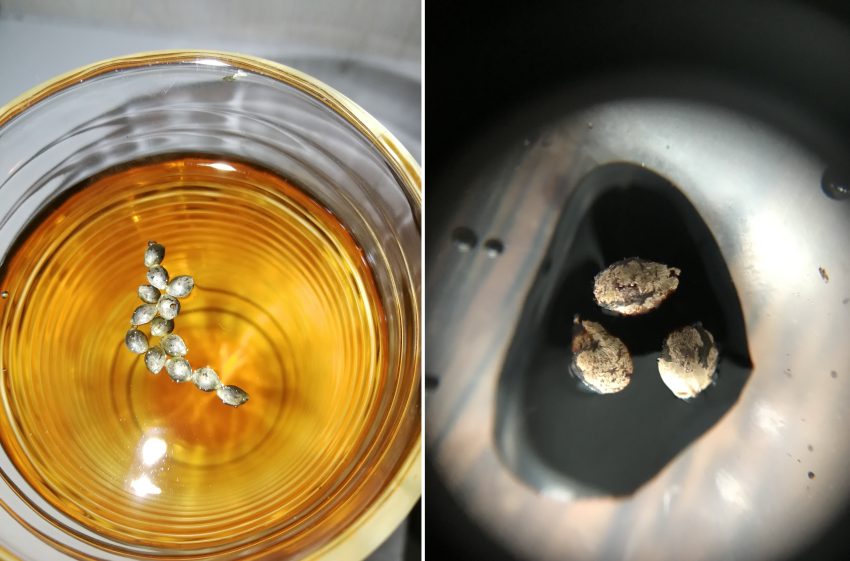
Photo credits: PapaJ and Janomi
(A) Un-diluted ExploGrow™ seed soak treatment:
How to soak your high value seeds using un-diluted ExploGrow™:
- Bring the high value individual seed(s) to room temperature.
- Each seed is soaked in 1 ml of un-diluted ExploGrow™ (i.e. 10 seeds are soaked in 10 ml, etc.)
- The soak should last for maximum 20-30 minutes.
- Then move the seed(s), together with any remaining ExploGrow™ seed soak, from the seed soak to a container of dechlorinated water for 12 hours at 22°C - 26°C.
The quantity of dechlorinated water must dilute the seed soak 100 times, i.e. one seed soaked in 1 ml un-diluted ExploGrow™ is mixed into 100 ml dechlorinated water; 10 soaked seeds are mixed into 1,000 ml etc.
5. To further assist the germination process, then apply this wet paper towel seed germination method:
After the 12 hours in the container of dechlorinated water as described in (4) above, take the water solution with the seeds to thoroughly wet a paper towel (wet, but not dripping wet), placed on a clean plate.
Fold and close the paper and keep the temperature between 22°C - 26°C. Keep like this until germination can be observed. Plant in soil.
(B) How to further assist high value plant seed germination using diluted ExploGrow™:
- There are several methods used to assist germination. One small drop (1 ml per seed) of diluted ExploGrow™ (at dilution 1 ml ExploGrow™ to 100 ml dechlorinated water) would be highly recommended during this stage.
Growing medium or soil seed germination method:
- Mix 1/3 compost together with 2/3 quality potting soil.
- After soaking the seeds, add the seeds on the top, then cover with a light layer of soil.
- Use the ExploGrow™ seed soak to wet the soil/growing medium.
- Water occasionally when required.
- Use a transparent lid or cup to cover the soil to create a small greenhouse effect.
-------------------------------------------------------------------------------------------------------------------------------------
7. References
1. American Society for Microbiology (2014). Plants prepackage beneficial microbes in their seeds. Science Daily. www.sciencedaily.com/releases/2014/09/140929180055.htm.
2. Boby, V.V., and Bagyaraj, D.J. 2003. Biological control of root-rot of Coleus forskohlii Briq. using microbial inoculants. World Journal of Microbiology and Biotechnology. 19:175-180.
3. Close, D.C., Beadle, C.L., and Brown, P.H. 2005. The physiological basis of containerised tree seedling ‘transplant shock’: a review. Australian Forestry. 68(2):112-120.
4. Fierer, N. and Jackson, R.B. (2006) The diversity and biogeography of soil bacterial communities. Proc. Natl. Acad. Sci. U.S.A. 103, 626–631
5. Hanapi, S.Z., Supari, N., Alam, S,A., Javed, M,A., Jabir Mohd Din, A,R., Tin, L,C., Rashid, S,N,A,A., Annuar, N,A,S., Sarmid, M,R. (2014). Microbial effects on seed germination in Malaysian rice (Oryza sativa L.). Proceedings of the Asia-Pacific Advanced Network. 37:42-51.
6. Glick, B,R. (2015). Beneficial Plant-Bacterial Interactions. Springer Cham. ISBN 978-3-319-13920-3
7. Harman, G.E. (2000). Myths and dogmas of biocontrol. Changes in perception from research on Trichoderma harzianum T-22. Plant Dis. 84(4):377-393.
8. Hiltner, L. (1904) Über neuere Erfahrungen und Probleme auf dem Gebiet der Bodenbackteriologie und unter besonderer Berücksichtigung der Gründüngung und Brache. Arb. Deut. Landwirsch Ges. 98, 59–78 (in German)
9. Liu, L., Kloepper, J. W., and Tuzun, S. (1995). Induction of systemic resistance in cucumber against bacterial angular leaf spot by plant growth-promoting rhizobacteria. Phytopathology 85:843-847.
10. Mathre, D. E., Cook, R. J., and Callan, N. W. (1999). From discovery to use: Traversing the world of commercializing biocontrol agents for plant disease control. Plant Dis. 83:972- 983.
11. Merriman, P.R., Price, R.D., Kollmorgen, J.F. (1974). Effect of seed inoculation with Bacillus subtilis and Streptomyces griseus on the growth of cereals and carrots Australian Journal of Agricultural Research. 25(2):219-226.
12. Morrissey, J,P., Dow, J,M., Mark, G,L., and O’Gara, F. (2004). Are microbes at the root of the solution to world food production. EMBO Rep. 5:922-926.
13. Verbon, E. H., & Liberman, L. M. (2016). Beneficial Microbes Affect Endogenous Mechanisms Controlling Root Development. Trends in Plant Science, 21(3), 218–229.
14. Wahyudi, A,T., Astuti, R,J., Widyawati, A., Meryandini, A., and Nawangsih, A,A. (2011). Characterization of Bacillus sp. strains isolated from rhizosphere of soybean plants for their use as potential plant growth for promoting Rhizobacteria. Journal of Microbiology and Antimicrobials. 3(2):34-40.
15. Wu, Y.N., Feng, Y.L., Paré, P.W., Chen, Y.L., Xu, R., Wu , S., Wang, S.M., Zhao, Q., Li, H.R., Wang, Y.Q., Zhang, J.L. (2016). Beneficial soil microbe promotes seed germination, plant growth and photosynthesis in herbal crop Codonopsis pilosula. Crop and Pasture Science. 67(1):91-98.

